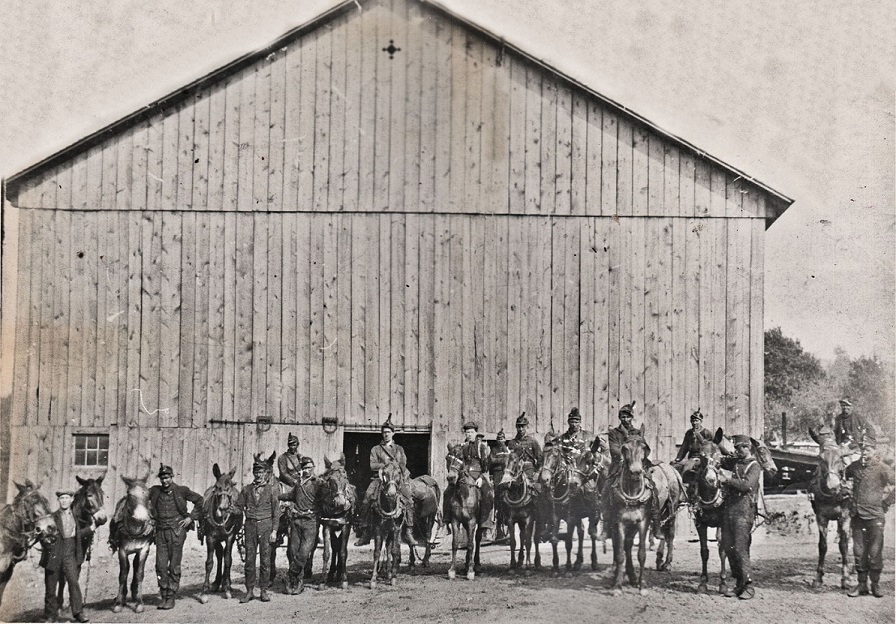
The Helvetia Mine began in 1890. Adrian Iselin established the Helvetia Coal Mining Co. and named the town, constructed for the miners, as Helvetia, an ancient name for his home country, Switzerland.
Adrian Iselin Jr., became the overseer and 62 double houses, 10 single houses, a company store and two churches were eventually built.
The coal was moved underground to the entrance of the mine and to the railroad by mules. The mules were kept in a barn above the mine, which became the Amos Haag farm and pastured between the barn and the mine.
The farm and the barn still remain in the Haag family, but the mules were replaced with motorized equipment.
The mine was one of the best-producing mines of the Buffalo, Rochester & Pittsburg Coal & Iron Co. But without any warning, a notice was posted at the mine that it would close on the afternoon of Feb. 25, 1954. The miners did not know until they came to work that morning. The notice said:
“The Helvetia mine will be abandoned on Thursday, Feb. 25, and all personnel will then cease to be employees of this company, except those notified of their retention for the purpose of closing down.”
“After 60 years of operations in the Helvetia area, the management of this company reluctantly abandons the operation, because of the high production costs, coupled with the unreasonable competitive freight rate differentials.”
That was how 175 men learned that they no longer had a job there and it was the beginning of the end for the town of Helvetia.


